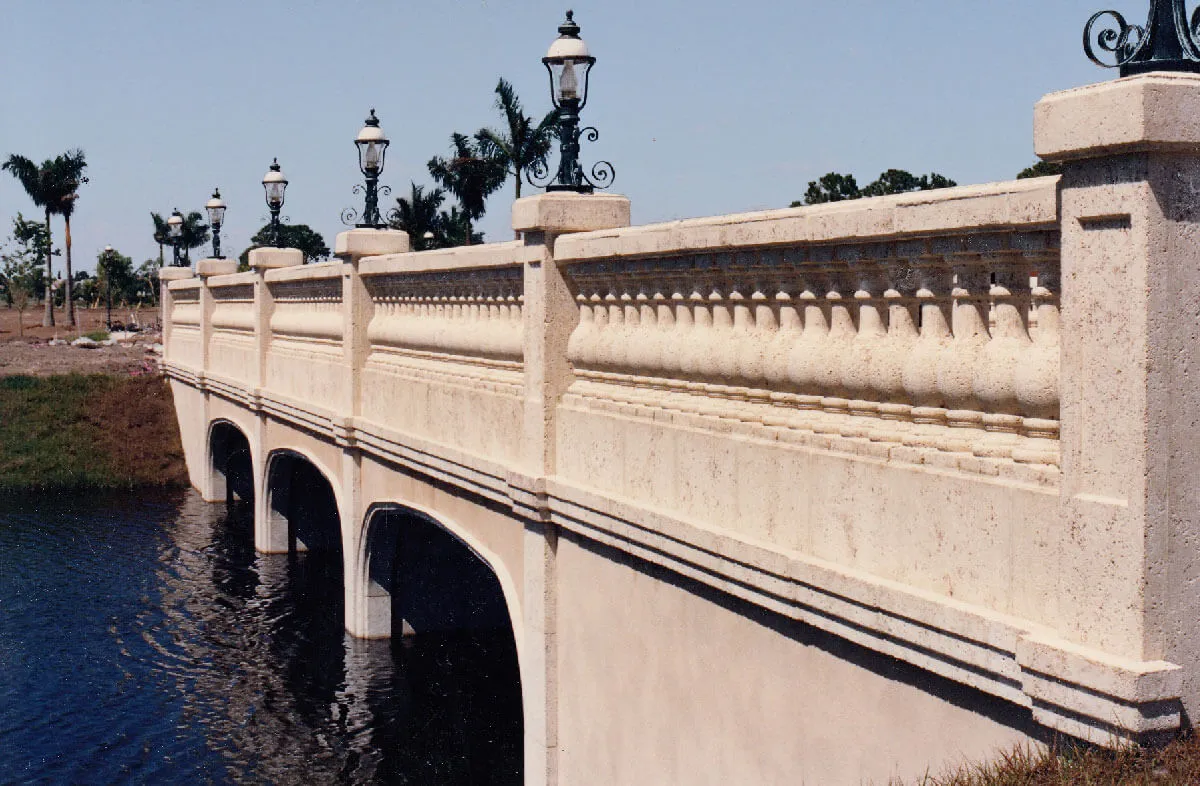In an era of increasing environmental awareness, architects, builders, and landscape designers are searching for innovative solutions to improve infrastructure while minimizing costs. One effective strategy is the use of recycled concrete. This practice not only enhances the sustainability of construction projects but also offers significant economic benefits. In this article, we will explore what recycled concrete is, its advantages, how it can be recycled, and the steps involved in the recycling process.
Understanding Recycled Concrete
Recycled concrete is produced from the demolition of existing concrete structures, such as roads, bridges, and buildings. Instead of being discarded in landfills, the concrete is crushed into smaller pieces and screened to create recycled concrete aggregate (RCA). This material can then be reused in various construction applications, making it a valuable resource for local infrastructure projects.
Using recycled concrete not only reduces waste but also conserves natural resources. The extraction of virgin materials, such as gravel and stone, is often environmentally damaging and costly. By incorporating RCA into construction, communities can lessen their reliance on new materials while promoting sustainable practices.
The Benefits of Recycled Concrete
-
Cost Savings
One of the most compelling reasons for using recycled concrete is its cost-effectiveness. The processing and transportation of recycled concrete aggregate are typically less expensive than sourcing new materials. This reduction in material costs can significantly benefit municipalities, especially those working with limited budgets. Additionally, recycling concrete waste minimizes disposal costs. Rather than paying landfill fees to dispose of construction waste, communities can recycle the concrete on-site or collaborate with local recycling facilities. This dual advantage of saving on both material and disposal costs makes recycled concrete an attractive option for infrastructure projects. -
Environmental Advantages
Recycling concrete has a positive impact on the environment. It reduces the amount of waste sent to landfills, conserves natural resources, and lowers greenhouse gas emissions associated with the production of new concrete. By utilizing RCA, communities can actively participate in reducing their carbon footprint while supporting eco-friendly construction practices. -
Enhanced Infrastructure Resilience
Recycled concrete performs comparably to traditional concrete in various applications. When processed correctly, RCA exhibits similar strength and durability, making it suitable for roads, sidewalks, and drainage systems. Moreover, recycled concrete often improves drainage capabilities, helping to prevent water pooling and flooding on roadways. This characteristic is particularly valuable in the face of climate change, which brings more severe weather patterns that can strain local infrastructure. -
Job Creation and Economic Development
Investing in concrete recycling facilities can stimulate local economies by creating job opportunities. From processing and transporting recycled material to engineers and construction workers involved in projects, these initiatives can provide employment and support local businesses. Furthermore, as communities adopt sustainable practices, they attract companies focused on eco-friendly construction, leading to additional economic growth.
Can Concrete Be Recycled?
Yes, concrete can be recycled, and the process is becoming increasingly prevalent in the construction industry. The recycled material is versatile and can be used in a variety of applications, such as base material for roads, aggregates for new concrete, or even as fill material in construction projects. This adaptability makes recycled concrete a practical choice for many infrastructure needs.
How to Recycle Concrete
Recycling concrete involves several steps to ensure the material is processed correctly and meets industry standards:
-
Collection and Transportation
The first step in recycling concrete is collecting the material from demolition sites or construction projects. The concrete is then transported to a recycling facility or a designated on-site area for processing. -
Crushing and Screening
Once at the recycling facility, the concrete is crushed into smaller pieces using specialized machinery. The crushed material is then screened to remove any contaminants, such as metal or wood, ensuring that only clean concrete aggregate remains. -
Quality Control
Quality control is crucial in the recycling process. The recycled concrete aggregate is tested to ensure it meets specific standards for strength and durability. This step is vital to ensure that the material can be safely used in construction applications. -
Reuse in Construction
After processing, the recycled concrete aggregate is ready to be used in various construction projects. It can be incorporated into new concrete mixes, used as a base material for roads, or applied in landscaping projects. Many precast concrete suppliers now offer products made from recycled concrete, further enhancing its appeal for sustainable construction.
Conclusion
The use of recycled concrete offers numerous benefits for local infrastructure and communities. By reducing costs, promoting sustainability, and enhancing the resilience of structures, recycled concrete is a smart choice for modern construction practices. Precast manufacturers increasingly recognize the value of incorporating RCA into their products, and precast suppliers are adapting to meet the demand for eco-friendly materials. As more communities embrace the advantages of recycled concrete, we can anticipate a future where infrastructure projects not only meet today’s demands but also prioritize environmental responsibility. Embracing recycled concrete is a proactive step toward creating a more sustainable and economically viable community.
Take Action for a Sustainable Future with DC Kerckhoff Company
If you’re ready to enhance your infrastructure projects with the benefits of recycled concrete, look no further than DC Kerckhoff Company. Our commitment to sustainability and quality makes us a leading choice for precast concrete products that incorporate recycled materials. Whether you’re a contractor, architect, or municipal planner, we can help you achieve your project goals while prioritizing environmental responsibility.
Contact us today to learn more about our innovative solutions and how we can support your next project with high-quality recycled concrete products! Together, we can build a more sustainable future for our communities.
Sign up to get unlimited and immediate technical documents, requests for quotes, and helpful support from our experienced team.
Sign up
